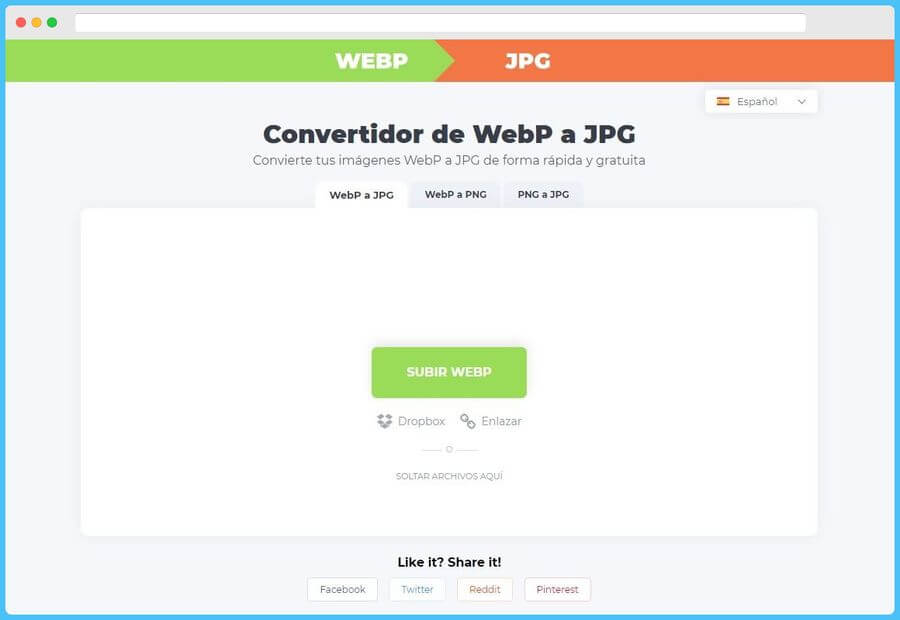

Ĭheck the response headers in the developer tools of your browser. Open a processed jpg or png image (see above) in your browser, e.g. webp extension: csm_foo-bar_4f3d6bb7d0.jpg For every processed image file there should be a second file with the same filename plus. Go to fileadmin/_processed_ and check the subfolders for files with. successful delivery of WebP images to the client.To make sure that everything works as expected you need to check two things: Verify successful webp image generation and delivery nginxĪdd a map directive in your global nginx configuration: map $http_accept $webp_suffix ^.*(Chrome|Firefox|Edge).*$ Please adapt the following to your specific needs, this is only an example configuration. When set (default) the value from $GLOBALS is appendedĪutomatically to the configuration options for the MagickConverter converter, so you don't need to repeat the settings. Here you can exclude processing of images from specific directories.Įxample value: /fileadmin/demo/special /another-storage/demo/exclusive use_system_settings # cat=basic type=boolean label=Use the system GFX "processor_stripColorProfileCommand" setting for the MagickConverter converter exclude_directories # cat=basic type=string label=Exclude processing of images from specific directories (separated by semicolon)

(see ext_localconf.php for details) in your own extension. You can always remove or change the $GLOBALS settings If you need a more customized behaviour for hiding or showing the generated files (e.g. If you want to show them to the users, disable this option. webp files are hidden by default in the backend file list module. hide_webp # cat=basic type=boolean label=Hide. Since version 2.2.0 you can suppress output (stdout, stderr) from the external converter (Linux only).

silent # cat=basic type=boolean label=Suppress output (stdout, stderr) from the external converter command If you want to revert to the previous behaviour, set this flag to false (disable the checkbox). Since version 1.1.0 all images in every local and writable storage will be saved as a copy in Webp format by default (instead of just images modified by TYPO3 in the storage's processed folder). Higher filesize than the original! convert_all # cat=basic type=boolean label=Convert all images in local and writable storage and save a copy in Webp format disable to convert images in the _processed_ folder only Try to set a higher value for quality first if the image does not fit your expectations,īefore trying to use webp:lossless=true, as this could even lead to a

If you want to use an external binary, you have to supply an option string with exactly two %s placeholders for the original file and the target file name.Į.g.: image/jpeg::/usr/bin/cwebp -jpeg_like %s -o %s|image/png::/usr/bin/cwebp -lossless %s -o %s|image/gif::/usr/bin/gif2webp %s -o %s You find a list of possible options here: parameters parameters = image/jpeg:-quality 85 -define webp:lossless=false|image/png:-quality 75 -define webp:lossless=true|image/gif::-quality 85 -define webp:lossless=true You can set parameters for the conversion in the extension configuration.
#Local webp converter how to#
These are examples, check your system documentation for further information on how to verify webp support on your platform. (should return a list of supported formats including webp) Or using ImageMagick with e.g.: convert version | grep webp You can test the support of GraphicsMagick with e.g.: gm version | grep WebP You can either use the installed Imagemagick or GraphicsMagick you already use for TYPO3 image manipulation if it supports webp (see below) or you can use any other external binary available on your server (e.g. Add rewrite rules for your webserver (see examples for Apache and nginx below).
#Local webp converter install#


 0 kommentar(er)
0 kommentar(er)
